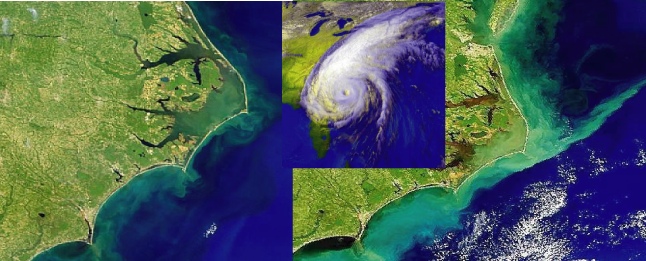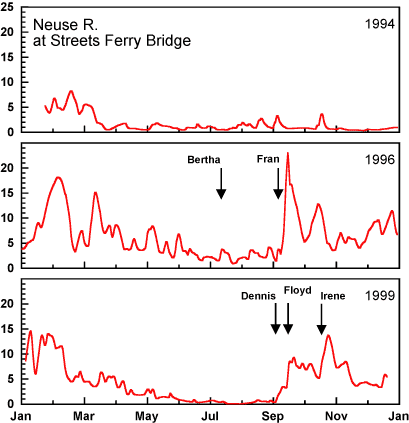


 |  |  | 10.1 Introduction |
As we enter the third millenium, more than 70% of the world's human population resides within 100 km of the coast [484]. Large increases in pollutant discharge have accompanied agricultural and urban development in coastal watersheds. Deterioration of coastal ecosystems as a result of increasing urbanization of their watersheds is accelerating, yet there is a paucity of information on how primary producer and higher-ranked consumer communities are being altered by these perturbations. Understanding how human-induced ecological change (e.g. decreasing biodiversity, water quality, and fisheries) affects ecosystem composition and functioning is a major research challenge worldwide. For estuarine and coastal systems (jointly termed coastal here) that receive and process a bulk of human pollutants, two troubling changes have been nutrient enrichment [342] and a decrease in grazer and higher consumer populations (e.g. shellfish, finfish) [246]. The combined effect of increased nutrient loading and the reduction in grazers has dramatically increased coastal phytoplankton stocks. Increases in phytoplankton have been linked to significant changes in nutrient (C, N, P, Si) cycling, water quality and ecosystem health [51][365]. Decreases in water clarity, expanding zones of low-oxygen water [381], increases in harmful algal blooms [360][390] may result from increased nutrient input to coastal waters.

Coastal ecosystems are also under the influence of natural perturbations such as droughts, hurricanes and flooding, the intensity and frequency of which appear to be increasing [178]. During Fall 1999, Hurricanes Dennis, Floyd and Irene inundated coastal North Carolina with up to 1 m of rainfall, causing a 100 year flood in the watershed of the Pamlico Sound, the USAŐs second largest estuary and key fisheries nursery for the mid-and southeast Atlantic regions. Sediment and nutrient-laden floodwaters displaced over 80% of the SoundŐs volume, depressed salinity by 70%, and accounted for half the annual nitrogen (N) load to this N-sensitive system [363] (see Figure).

Biogeochemical and ecological effects included hypoxic (<4 mg O2 L-1) bottom waters, major changes in nutrient cycling, a 3-fold increase in algal biomass, altered fish distributions, catches, and an increase in fish disease [363]. Predicted elevated hurricane activity may cause long-term biogeochemical and trophic change in this and other coastal fisheries nursery habitats. Distinguishing and integrating the impacts of these natural events from anthropogenic impacts are difficult but essential to understanding and managing coastal biotic resources.
The effects and manifestations of human and natural perturbations are usually most readily detectable and consequential at the microbial level, where a bulk of ecosystem energy and nutrient flow is mediated. Microbes have fast growth rates, and respond to low levels of pollutants and environmental perturbations. These features make them sensitive, meaningful, and useful indicators of ecological change. Here, we will examine how the dominant primary producers, phytoplankton, respond and adapt to nutrient and climatic perturbations. We will consider how anthropogenic stressors interact with natural forcing features to determine the composition, distribution and activities of phytoplankton communities in North CarolinaŐs Pamlico Sound System, which has been heavily impacted by both human (nutrient enrichment) and climatic (hurricanes) perturbations over the past few decades.
 |  |  | 10.1 Introduction |